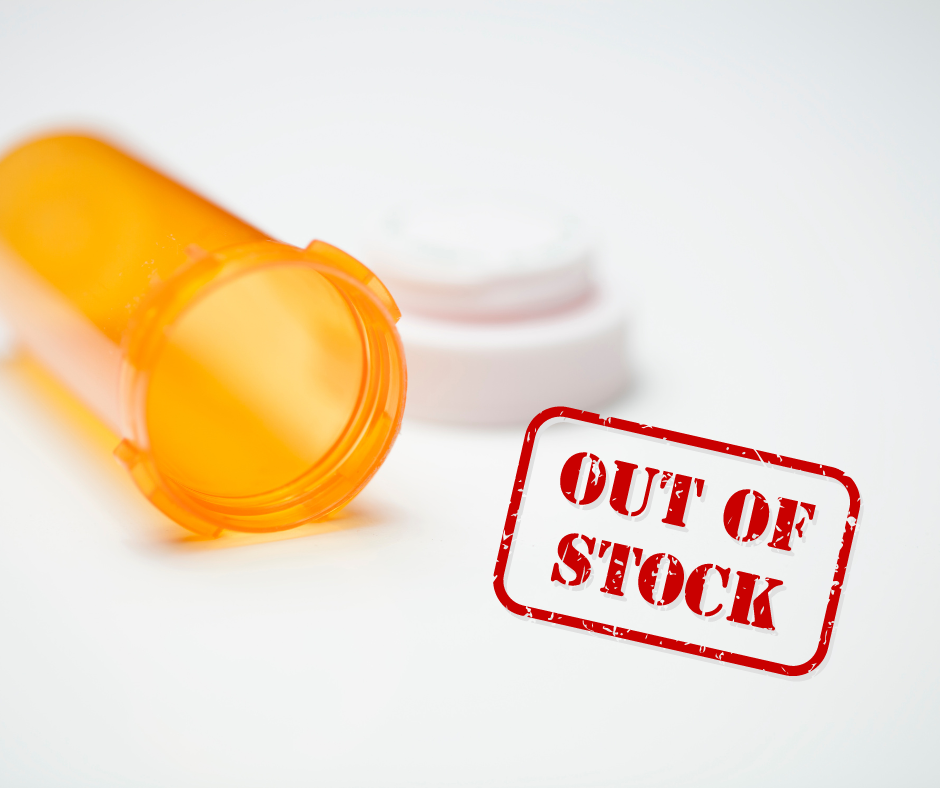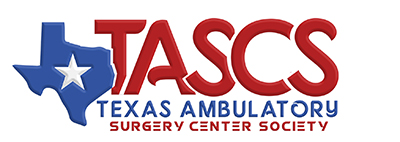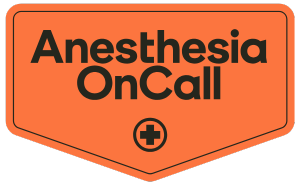Pharmaceutical Shortages: The Causes, The Effects & How ASCs Can Work Against Them
In the past few years, everyone has felt the adverse effects of supply chain issues and product shortages. How is this affecting the ambulatory care industry, and what can ASC professionals do to combat these problems?

When the COVID-19 pandemic started, we saw a limited number of go-to items, ranging from stores running out of toilet paper to healthcare facilities running out of face masks. Fast forward a couple of years, and we are noticing other products being out of stock and/or taking longer to ship to us, and this includes pharmaceuticals.
At the time of writing, the list of FDA Drug Shortages includes 122 medications, while the American Society of Health-System Pharmacists (ASHP) Drug Shortages List has 223.
Why are there shortages?
The pandemic certainly contributed to scarcity, as people were stocking up on certain products. Currently, supply chain issues are a top factor, affecting nearly every industry. These came about during and because of the pandemic and have persisted due to an increased demand. For healthcare, in particular, China and India are responsible for about 80% of the active pharmaceutical ingredients imported to the United States. The overall process of producing and distributing has been delayed, and this includes the creation and international shipments of many standard medicines.
Shortages can also come about due to natural disasters, events like the war in Ukraine, and recalls. Sometimes, errors occur, when it comes to getting goods from one place and to another, such as the lack of a warning that a supply is getting low.
What types of medications are part of these shortages?
Recently, in a discussion between members of the Texas Ambulatory Surgery Center Society, it was shared that there has been a noticeable shortage of lidocaine, which is used to prevent and treat the pain associated with certain surgical procedures. As seen from the numbers above, on the FDA’s and the ASHP’s lists, though, there are low numbers surrounding many other drugs.
“At this time, drug shortages are at an all-time high. From pharmaceutical plant closures, lack of raw materials, and certain manufacturers discontinuing medications from their production line, it has resulted in the healthcare industry struggling to find medications for surgical procedures and life-saving medications,” shared Amy Jones of Jones Premier Pharmacy Consulting. “Local anesthetics, sterile normal saline for injection, sterile water for injection, injectable corticosteroids, eye drops used for ophthalmic surgeries, injectable contrast agents, and emergency response syringes are some of the most affected medications.”
What issues arise because of shortages?
When people can’t get their hands on certain pharmaceuticals, there are adverse effects for everyone.
For healthcare professionals, there may be higher costs associated with trying to find alternatives. For patients, lives could literally be at risk, since medications are relied on for pain management, decreased heart rates, fighting off illness, and beyond. Both professionals and patients could also see safety and quality control risks, as well.
“[The shortage] has significantly affected surgical practice and led to medication safety concerns,” continued Jones. “There is a daily review of ASC medication stock and what adaptations the staff will have to address for the procedures of the day.” This means, at times, that surgeries are delayed, which can cause a patient’s condition to become even worse.
In 2010, the Institute for Safe Medication Practices surveyed 1,800 practitioners on the topic of drug shortages. Almost 13% said there was no warning that a shortage was coming. Once it was upon them, 80% had trouble finding comparable medications, 78% had to deal with higher costs after finding alternative solutions, and 70% did not ever find suitable alternative solutions.
Another study, this one from 2018, reviewed 1,883 products that were in a shortage, and of these, 314 were used in ambulatory pediatrics. At the end of the study, 3.8% were still unresolved. Those that were resolved took an average of 7.6 months to find a solution.
How can shortages be handled or even prevented?
With all the negative outcomes that can follow a shortage, what can we do to try and combat it all?
The first step is constant and effective communication. From suppliers and coworkers to patients, stay updated and informed on medications and their related processes. Have a streamlined inventory management system – something many learned and re-learned the importance of during the pandemic.
Another piece of advice comes from the National Academies of Sciences, Engineering, and Medicine, which made suggestions regarding America’s medical product supply chain. “Medical supply chains are really behind other industries in terms of building supply chain resilience,” said Wally Hopp, PhD, a University of Michigan Ross School of Business professor. He gave an example of how supply chain issues arose after Hurricane Katrina, and many didn’t even know that their products were coming from the Gulf Coast. This led to better tracking and disaster back-up plans (such as different suppliers and alternative drugs like generic options), and these are updates everyone should make and have in place.
Solutions can and should come from higher up, too, as pointed out by Dr. Clifford Rossi, an executive-in-residence and professor at the University of Maryland’s Robert H. Smith School of Business. Rossi shared that the pharmaceutical industry needs a rating system similar to car history reports provided by CARFAX. Now, the FDA is working on a plan that will assess and rate manufacturing facilities’ quality management maturity, which will, in turn, “improve supply chain transparency, inform purchasing decisions, reduce drug shortages, and increase medicine availability.”
Finally, when it comes to current pharmaceutical shortages, TASCS would love to connect its members for a swap/loan/sell program. Your center may have something needed by another one, and vice versa, and these conversations can take place on our website’s forum. While this is not an ideal situation or a permanent fix, we can try and make the best of it by collaborating, lending a helping hand, and continuing to provide/show off the high-quality, patient-focused care in ambulatory surgery centers.
For more information, see the ASHP Guidelines on Managing Drug Product Shortages. When collaborating with other surgery centers, keep the Drug Quality and Security Act in mind.

